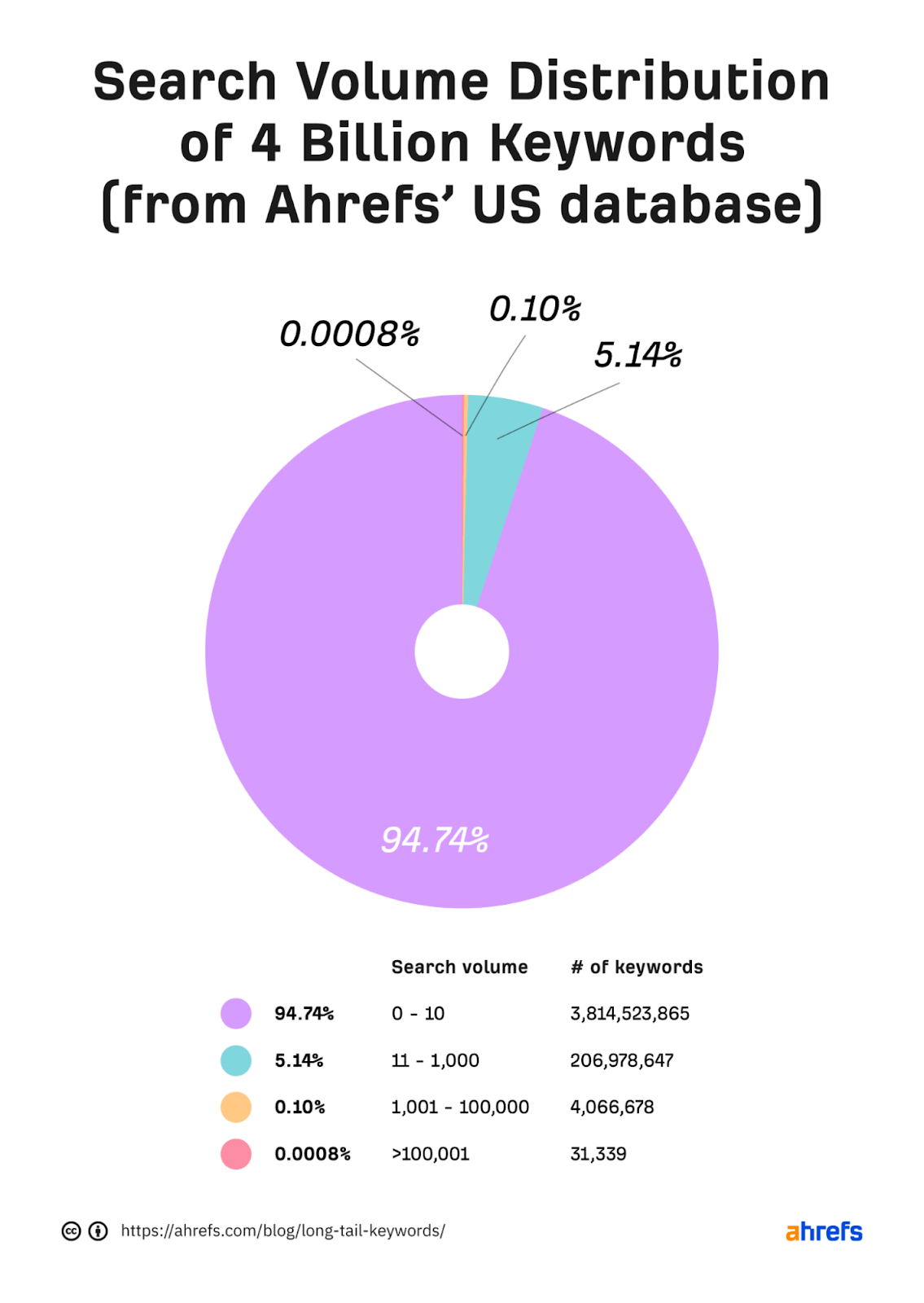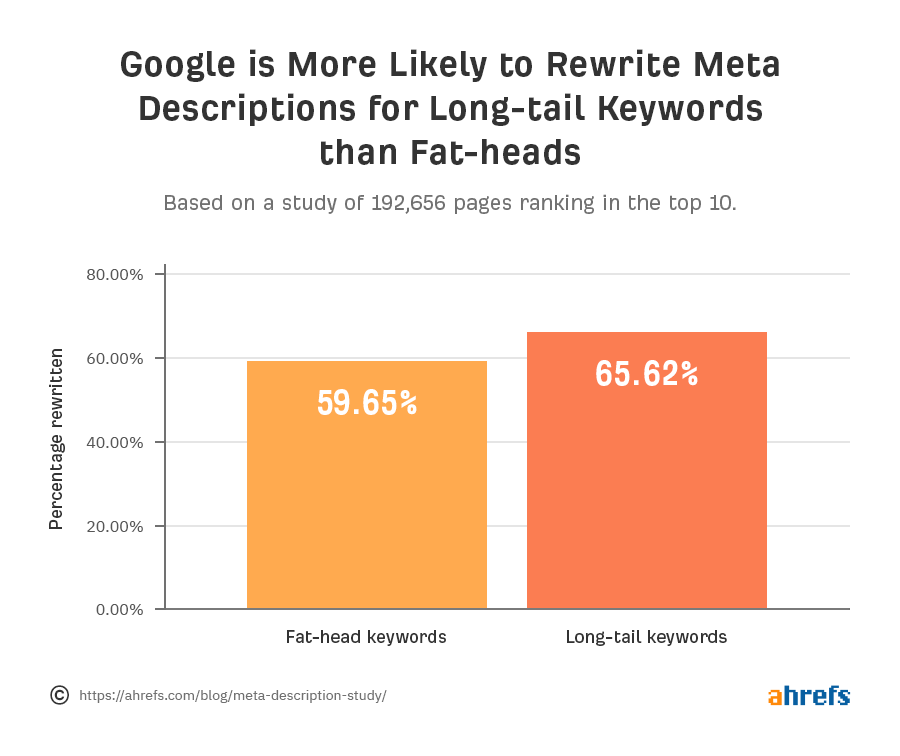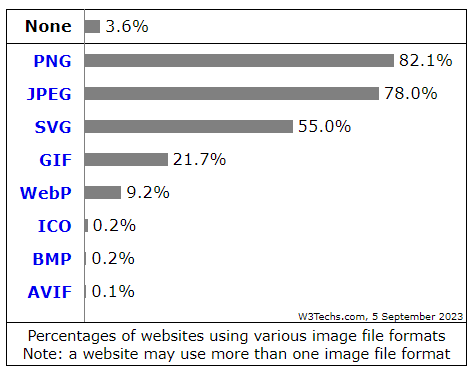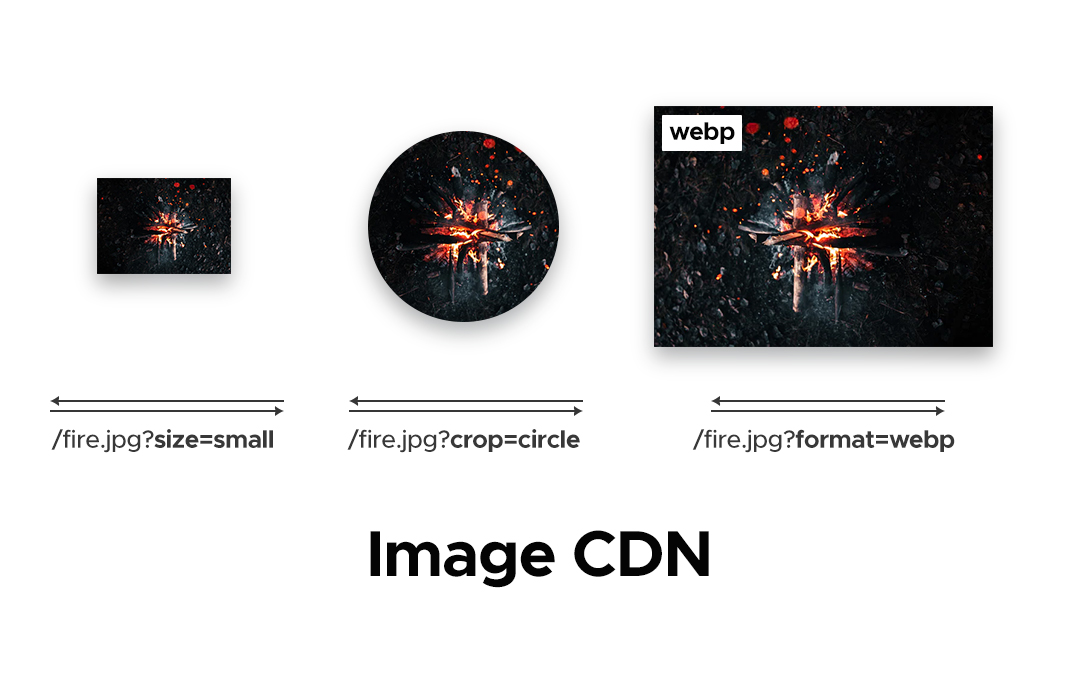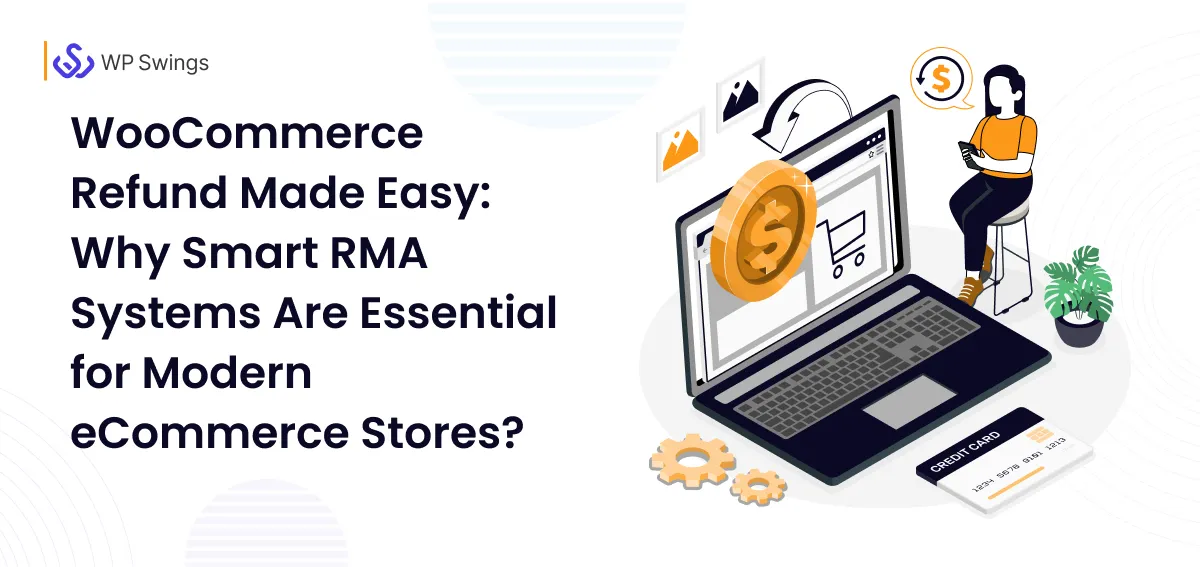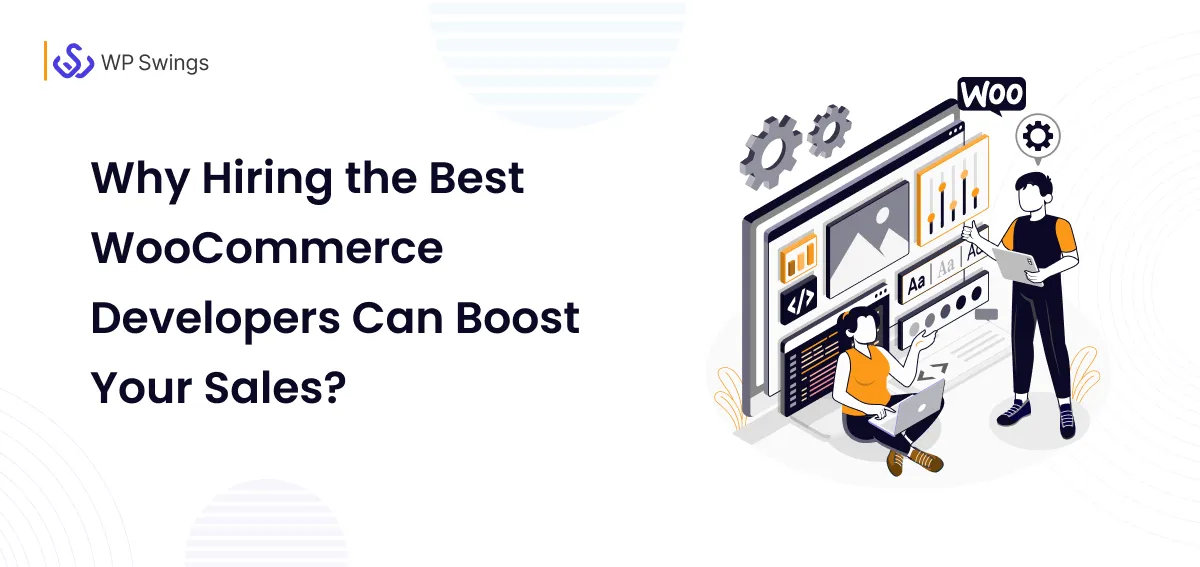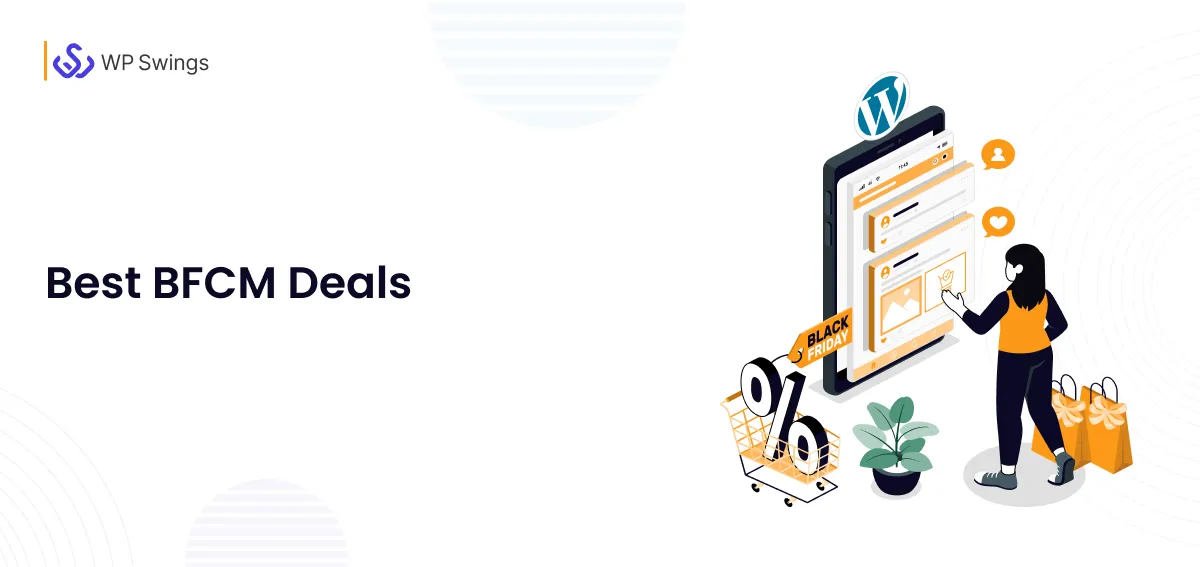
eCommerce SEO is not just a strategy; it’s the lifeline of your online business. In an environment saturated with competitors, effective SEO can set you apart by driving organic traffic, enhancing visibility, and ultimately boosting your revenue. Therefore, it’s not an option; it’s a necessity for success.
eCommerce SEO is the art and science of optimizing your online store’s content, structure, and technical elements to improve its visibility on search engines such as Google, Bing, and Yahoo.
By fine-tuning your website for search engines, you ensure that your products and services stand a better chance of being discovered by potential customers in the vast digital marketplace.
Whether you’re a seasoned digital veteran or new to eCommerce, we’ll guide you on an expedition into the heart of eCommerce SEO, where every click is a potential customer, and every optimized keyword is a step closer to victory. Get ready to elevate your online business – let’s dive in and harness the transformative power of mastering eCommerce SEO!
Table of Contents
1. SEO Keyword Research
Keyword research is a fundamental component of search engine optimization (SEO) and plays a crucial role in improving a website’s visibility in search engine results pages (SERPs).
It involves identifying and selecting the most relevant and effective keywords or phrases that potential users might enter into search engines when looking for information, products, or services. Using Python web scraping allows for efficient collection of this keyword data from multiple sources while minimizing the risk of bans, providing deeper insights to refine your strategy.
A well-executed keyword research strategy can drive organic traffic to a website, increase its online presence, and ultimately boost conversions. Web scraping can help collect large amounts of search data to identify trending keywords and optimize content effectively.
Revamp Your WordPress SEO Like a Pro! Dive into our Complete Guide Today and Watch Your Website Soar.
a. Target Keywords? What Does it Mean To Target a Keyword?
Defining target keywords is the initial step in keyword research. It involves identifying the primary terms or phrases that are directly related to your website’s content, products, or services.
Around 8% of search queries are phrased as questions. (Moz)
These keywords should reflect the core themes of your website and what your audience is searching for. For instance, if you have an eCommerce website selling shoes, target keywords might include “running shoes,” “sneakers,” or “athletic footwear.”
How Do You Research Keywords?
Conducting keyword research is the process of expanding your list of potential keywords. Additionally, this involves using various tools and techniques to discover relevant keywords that have the potential to drive traffic and conversions.
A balanced approach that includes both short-tail and long-tail keywords can enhance your eCommerce SEO strategy as they cater to different search intents. For example, “tiny house for sale Fresno” or “running shoes for women” are long-tail keywords with specific audiences in mind.
b. Keyword Selection Strategy
The Keyword selection strategy is the phase where you evaluate and prioritize the keywords you’ve gathered. Not all keywords are equal in terms of competition and search volume.
A good strategy involves selecting keywords that strike a balance between relevance and attainability. So, tools like keyword difficulty scores can help you assess how competitive a keyword is and whether it’s worth targeting.
Additionally, consider the searcher’s intent – informational, navigational, or transactional – when choosing keywords to align with your content strategy and SEO goals in 2023.
- Informational Search Query:
- Query: “Choosing running shoes”
- Intent: Seeking advice on picking the right running shoes.
- Navigational Search Query:
- Query: “Nike website”
- Intent: Looking for Nike’s official website.
- Transactional Search Query:
- Query: “Buy men’s leather shoes”
- Intent: Ready to purchase men’s leather shoes online.
c. What Are the Best Tools for Keyword Research?
Tools for keyword research are essential in this process. There are numerous tools available to assist in keyword research, such as:
- Google Keyword Planner
- Google Search Console
- SEMrush
- Ahrefs
- Moz
- Google Trends
- Ubersuggest
And many more.
These tools provide valuable insights into search volume, keyword difficulty, related keywords, and competitive analysis. Leveraging these tools can streamline the keyword research process and help you make data-driven decisions.
By implementing a smart keyword selection strategy with the right tools for keyword research, you can enhance your online store’s visibility, attract more customers, and ultimately increase your revenue.
2. On-page Optimization for eCommerce SEO: Boosting Your Visibility
In the realm of eCommerce SEO, on-page optimization is a cornerstone of success as it is easy to understand and implement even for absolute beginners. It involves fine-tuning various elements on your website to enhance its visibility in search engine results.
a. Title Tags and Meta Descriptions
Title tags and meta descriptions are vital components of on-page optimization for SEO for eCommerce sites. These HTML elements provide a concise summary of your web pages, appearing in search results. To leverage eCommerce SEO best practices effectively:
- Title Tags: Craft unique and descriptive title tags for each page, incorporating relevant keywords. Keep titles concise, ideally under 60 characters, and include your brand name, where appropriate.
- Meta Descriptions: Write compelling meta descriptions that encourage clicks. Furthermore, include relevant keywords naturally and provide a brief, informative overview of the page’s content. Limit meta descriptions to around 150-160 characters to ensure they display correctly in search results. For example, the Yoast SEO plugin shows the Ideal character length for your meta description, adhering to eCommerce SEO guidelines.
b. Header Tags
Header tags, including H1, H2, and H3 tags, play a crucial role in structuring your content and showing its hierarchy to search engines.
For effective eCommerce SEO optimization:
H1 Tags: Use H1 tags for page titles and ensure they contain your primary keywords. H1 tags represent the main topic of the page.
H2 and H3 Tags: Employ these tags to organize content into sections and subsections. Incorporate relevant keywords where appropriate. Adequately structured content enhances user experience and aligns with eCommerce SEO best practices.
H3 to H6 (Heading 3 to Heading 6): These tags are used for further subheadings within sections defined by H2 tags. They continue to organize content hierarchically, with each level indicating a deeper level of subheading. H3, H4, H5, and H6 tags can be used as needed, depending on the complexity of the content.
3. URL Structure in eCommerce SEO: A Critical Element for Success
A well-optimized URL structure is a fundamental component of eCommerce SEO (Search Engine Optimization) that often goes underestimated. It plays a vital role in both user experience and search engine rankings. Let’s dive deeper into the importance of URL structure in eCommerce SEO and understand the best practices to follow:
a. Keyword Inclusion in URLs:
One of the primary considerations when optimizing URL structures for eCommerce websites is the inclusion of relevant keywords. Here’s a more detailed explanation:
- Relevance: Your URLs should reflect the content and purpose of the web page they represent. This means including keywords that accurately describe the page’s topic or the product being featured.
- Conciseness: Keep your URLs concise and to the point. Avoid long, convoluted URLs that are difficult to read and remember. Shorter URLs are not only user-friendly but also preferred by search engines.
- Descriptiveness: Each URL should provide a clear and concise description of the page’s content. When users glance at the URL, they should have a good idea of what to expect on that page.
- Hyphen Separation: Use hyphens (-) to separate words within the URL. Avoid underscores (_) or other special characters. Hyphens are more user-friendly and help search engines correctly interpret word boundaries. For example, use “/running-shoes” instead of “/running_shoes.”
b. Avoidance of Dynamic Parameters:
Dynamic parameters in URLs are characterized by query strings that use symbols like question marks (?) and ampersands (&) to pass information between the webserver and the database. While they have their uses, dynamic URLs can pose challenges for eCommerce SEO. Here’s a deeper look:
- Complexity and Confusion: Dynamic URLs can become long and complex, making them challenging for users to interpret. They may contain a string of numbers, letters, and symbols that don’t convey any meaningful information to users.
- Search Engine Unfriendliness: Search engines prefer clean, static URLs that are easy to crawl and understand. Dynamic URLs can be less friendly to search engine bots, potentially impacting your rankings.
- Duplicate Content Issues: Dynamic URLs may generate multiple versions of the same page with different query parameters. This can lead to issues with duplicate content, which can harm your SEO efforts.
- Canonicalization Challenges: Managing canonical tags for dynamic URLs can be more complicated. Canonical tags help search engines understand which version of a page is the preferred one. Clean URLs simplify this process.
4. Unlocking the Power of Internal Linking in eCommerce SEO
Internal linking is more than just a valuable tool in your eCommerce SEO toolbox; it’s a powerful approach that may have a significant influence on your website’s performance.
This strategy generates hyperlinks that connect one page on your website to another, and when done correctly, it may improve user experience, spread valuable link equity, and provide important signals to search engines about the relevance of certain sites.
Here are some eCommerce SEO tips for internal linking:
Contextual internal links are links thoughtfully placed within your content. These links serve several purposes:
a. Enhanced User Navigation
When users encounter contextual links while reading your content, they provide a seamless way to explore related topics or access more detailed information. This enhances the user experience, reduces bounce rates, and encourages visitors to spend more time on your site.
b. Keyword Optimization
Contextual links also play a crucial role in eCommerce SEO by incorporating anchor text that provides context. Anchor text is the visible, clickable text of a hyperlink.
When you use anchor text that includes relevant keywords, you not only make it clear to users what they can expect when they click the link but also signal to search engines the topic or theme of the linked page.
c. Content Organization
Think of your website as a hierarchy of content, with top-level category pages, subcategory pages, and individual product pages. Therefore, internal links should reflect this structure. For example, a category page could link to relevant subcategories and product pages within that category, creating a structured pathway for both users and search engines to follow.
d. Link Equity Distribution
Search engines distribute “link equity” or authority across your website. Pages with more internal links are typically seen as more important by search engines. This approach helps ensure your most valuable pages are optimized for discovery by both users and search engines.
By strategically placing internal links, you can direct link equity to crucial pages, such as high-converting product pages or essential landing pages. This can boost their search engine rankings and visibility.
5. Image Optimization
Image optimization is often overlooked in eCommerce SEO but is critical for both user experience and search engine rankings.Tips for optimizing images effectively:
a. File Names:
Descriptive and Keyword-Rich Names: As mentioned, using descriptive file names is crucial for SEO. When saving images, make sure the file names are clear and concise, and include relevant keywords. Also, avoid generic names like “image001.jpg” and use specific, keyword-rich names like “red-running-shoes.jpg” to improve search engine understanding and user context.
Hyphen Separation: Use hyphens (-) to separate words in file names. Search engines interpret hyphens as word separators, making it easier to read and understand the file name. This enhances SEO and accessibility.
Avoid Special Characters and Spaces: Eliminate spaces and special characters like underscores (_) in file names. Moreover, stick to alphanumeric characters and hyphens for better compatibility across different platforms and browsers.
b. Alt Text:
Descriptive Alt Text: Alt text (alternative text) is essential for both SEO and accessibility. Furthermore, it provides a textual description of the image, which is displayed if the image fails to load or for users with visual impairments. Therefore, write concise and accurate alt text that describes the image’s content and its relevance to the surrounding content. Additionally, incorporate relevant keywords naturally when appropriate.
Avoid Keyword Stuffing: While it’s good practice to include keywords in alt text when relevant, avoid keyword stuffing. Alt text should be primarily about describing the image accurately. Overusing keywords can lead to a poor user experience and potential SEO penalties.
Consider Context: Ensure that the alt text fits within the context of the page. It should provide meaningful information to users without being overly repetitive or verbose.
c. Image Size and Format:
Optimize File Size: Large image files can slow down your website, leading to a poor user experience and potentially lower rankings. Compress images to reduce their file size while maintaining acceptable quality. Various online tools and plugins can help with this.
Choose the Right Format: Use the appropriate image format for your content. JPEG is ideal for photographs, while PNG is better for images with transparency (e.g., logos). Choose WebP for modern browsers when possible, as it offers high-quality images with smaller file sizes.
Include Images in XML Sitemaps: Create and submit an XML sitemap that includes image information to help search engines index and understand your images. So, this can improve the visibility of your product images in image search results.
Responsive Images: Ensure that your images are responsive and adapt to different screen sizes. Moreover, large images that are not optimized for mobile devices can lead to slower page loading times and a poor mobile user experience.
Elevate Your Website’s Speed and User Experience with Image Optimization!
5. User-generated Content
User-generated content, such as product reviews and testimonials, can be a powerful addition to your eCommerce SEO strategy:
- Reviews and Ratings: Encourage customers to leave reviews and ratings. These not only provide valuable information to potential buyers but also create fresh, keyword-rich content on your product pages, in line with eCommerce SEO tips.
Dive into the world of User-Generated Content (UGC) to break free from the marketing chaos and infuse authenticity into your brand.
By implementing these on-page optimization strategies and adhering to eCommerce SEO best practices, you can significantly enhance your website’s visibility, improve user experience, and ultimately drive more organic traffic and conversions.
6. Understanding Technical SEO: Enhancing Website Performance and Visibility
Technical SEO refers to the process of optimizing the technical aspects of a website to improve its search engine visibility, usability, and overall performance. It involves enhancing the website’s backend structure, such as code, speed, and crawlability, to ensure it aligns with search engine guidelines and user expectations
a. Site Speed Optimization:
Site speed optimization is crucial for SEO. A faster-loading website not only improves user experience but also positively impacts search engine rankings. To optimize site speed:
- Compress images and files to reduce page load times.
- Minimize HTTP requests by combining CSS and JavaScript files.
- Leverage browser caching to store static resources locally.
- Utilize Content Delivery Networks (CDNs) for faster content delivery to users worldwide.
Optimize Your WordPress Website for Lightning-Fast Loading Times!
b. Mobile Optimization
Mobile optimization is essential with the rise of mobile device usage. Therefore, ensure your website is mobile-responsive to provide a seamless user experience across various screen sizes and devices. Mobile optimization includes:
- Responsive design that adapts to different screen sizes.
- Mobile-friendly navigation and touch-friendly buttons.
- Fast-loading mobile pages.
c. Site Architecture and Navigation
Design a logical site structure and user-friendly navigation that benefits both users and search engines. An effective site architecture:
- Organizes content into categories and subcategories.
- Implements clear, hierarchical menus.
- Uses breadcrumb navigation for easy backtracking.
- Provides internal links to connect related content.
d. XML Sitemap and Robots.txt
An XML sitemap helps search engines index your site effectively. Submit it to search engines for better crawlability. The robots.txt file guides search engine bots on what to crawl and what to exclude. To optimize:
- Generate and regularly update your XML sitemap.
- Fine-tune the robots.txt file to control crawling behavior and exclude non-essential pages or directories.
e. Schema Markup
Schema markup provides structured data to search engines, enhancing your website’s appearance in search results. It can improve click-through rates by providing rich snippets. To implement schema markup:
- Use schema.org markup to tag elements like product information, reviews, events, and more.
- Test your schema markup with Google’s Structured Data Testing Tool to ensure correctness.
Implementing technical SEO can be challenging without the right technical expertise. That’s why many businesses prefer to collaborate with a trusted ecommerce development company that can build a search-engine-friendly architecture from day one
7. Link Building
Link building is the practice of acquiring hyperlinks from other websites to your own. These links, known as backlinks, are a crucial aspect of SEO, impacting your website’s authority and search engine rankings. To track the quality and performance of these links, businesses often rely on backlink monitoring tools, which help ensure long-term SEO success. Companies that are in the gaming industry can focus on igaming link building to improve their online presence and attract the right audience.
Link building is vital in eCommerce SEO as it helps establish your website’s authority and credibility. Search engines view websites with high-quality backlinks as more trustworthy and authoritative, leading to higher rankings in search results.
For some eCommerce brands, this work is handled entirely in-house, while others choose to coordinate with specialists who provide manual link-building services. This will help keep outreach efforts organized and consistent. The key is having a clear, ongoing process for earning links from sites that are genuinely relevant to your products and audience.
a. Creating Link-worthy Content
To attract valuable backlinks, and produce high-quality and shareable content. Utilizing content and copywriting that provides valuable information, solves problems, or entertains naturally attracts links from authoritative sources. This can include informative blog posts, in-depth product guides, or engaging multimedia content.
b. Guest Blogging
Guest blogging is an effective strategy for building backlinks and establishing authority in your niche. By contributing informative and relevant articles to other reputable websites, you can earn backlinks to your eCommerce site, thus increasing its visibility and credibility.
c. Influencer Outreach:
Leveraging influencers can enhance your link-building efforts. Collaborating with influencers in your industry allows you to target their existing audience and gain backlinks as they promote your products or services. This not only boosts brand visibility but also strengthens your SEO profile.
d. Broken Link Building:
Broken link building involves identifying broken links on other websites and offering your content as a replacement. By helping webmasters fix broken links with your relevant content, you can earn backlinks. Simultaneously, you can address broken links on your website, improving user experience and SEO. Furthermore,
link building is a cornerstone of eCommerce SEO, and understanding these strategies can help you acquire high-quality backlinks, enhance your website’s authority, and improve its search engine rankings.
7. Local SEO
Local SEO focuses on optimizing your online presence to attract customers in specific geographic locations. It involves techniques to improve your visibility in local search results, making it highly relevant for eCommerce businesses investing in seo services for ecommerce and local seo services targeting local markets.
Local SEO is vital for connecting with local customers who are actively seeking products or services within their vicinity. It can also drive foot traffic to physical stores if your eCommerce business has brick-and-mortar locations.
a. Creating Local Landing Pages
Local landing pages are essential for targeting specific geographic regions. Optimize these pages with location-specific keywords, business information, and customer reviews to amplify local search visibility.
b. Claiming and Optimizing Google My Business Listing
Google My Business (GMB) is a cornerstone of local SEO. Claim and optimize your GMB listing by providing accurate business information, photos, and operating hours, and responding to customer reviews. In conclusion, it enhances your online presence on Google Maps and local search results.
c. Getting Local Citations
Local citations are mentions of your business’s name, address, and phone number on other websites and directories. Building consistent and accurate citations on reputable platforms strengthens your local search rankings and credibility.
8. Measurement and Tracking
Key eCommerce SEO metrics include organic traffic, conversion rates, click-through rates, bounce rates, keyword rankings, and revenue generated through organic search. Understanding these metrics is crucial for evaluating your website’s performance.
a. Setting up Google Analytics and Search Console:
Google Analytics and Google Search Console are essential tools for monitoring website traffic, user behavior, and search performance. So, you should properly configure them to gather valuable data about your website’s performance.
b. Tracking eCommerce SEO Metrics:
To assess the effectiveness of your eCommerce SEO strategy, regularly measure and interpret metrics such as:
- Organic Traffic: Monitor the number of visitors coming from search engines.
- Conversion Rates: Analyze how well your website converts visitors into customers.
- Keyword Rankings: Track the positions of your target keywords in search results using tools like serpple , SEMrush and Ahrefs
- Bounce Rates: Assess the percentage of visitors who leave your site quickly.
- Revenue Generated: Measure the income attributed to organic search.
- New vs. Returning Users: Distinguish between first-time and returning visitors.
Use these insights to make data-driven decisions and continually improve your eCommerce SEO efforts.
By understanding and implementing these aspects of Local SEO and Measurement and Tracking, you can enhance your eCommerce business’s visibility, connect with local customers, and measure the impact of your SEO strategies effectively. Additionally, these practices will help you stay competitive in the online marketplace.
9. AI SEO Marketing Automation
AI for SEO and content involves using artificial intelligence to optimize various aspects of search engine optimization and content creation. often integrated within broader AI SEO services frameworks
It encompasses keyword research, content generation, and optimization, leveraging natural language processing for user intent, content curation, competitor analysis, and AI link building. AI also enables content personalization, chatbots for customer support, voice search optimization, data analysis, and image/video SEO. Additionally, it automates content distribution.
While AI streamlines processes, human expertise remains crucial for producing high-quality content that aligns with user needs and achieves SEO goals effectively.
Top AI SEO Tools
GPT-3: OpenAI’s GPT-3 is a powerful language model that can generate coherent and contextually relevant content.
SurferSEO: Offers AI-driven content optimization tools that help improve search engine rankings.
Clearscope: Uses AI to analyze top-performing content and suggests keywords for better SEO.
MarketMuse: Provides AI-powered content recommendations and optimization insights.
SEMrush: Offers AI-driven features for keyword research, content optimization, and competitive analysis.
While AI SEO content generation is reshaping the eCommerce landscape, it is not poised to eliminate human content creators. Instead, it offers an opportunity for content marketers to embrace automation, enhance efficiency, and focus on tasks that require creativity and strategy.
At the same time, discussions around AI on the future of work highlight how technology and human skills can complement each other in evolving roles.
Successfully Integrate AI SEO Into Your Content Writing
On A Final Note
In conclusion, mastering eCommerce SEO is paramount for the success of your online business. This comprehensive guide has provided a detailed roadmap to enhance your SEO strategies, covering every facet from keyword research to technical optimization, link building to local SEO. By implementing these best practices and staying abreast of the latest trends, you can ensure that your eCommerce website not only ranks higher but also attracts more visitors.
As a result, you’ll see increased sales and revenue. Don’t delay – Start optimizing your online store for eCommerce SEO success today, and watch your profits soar.


